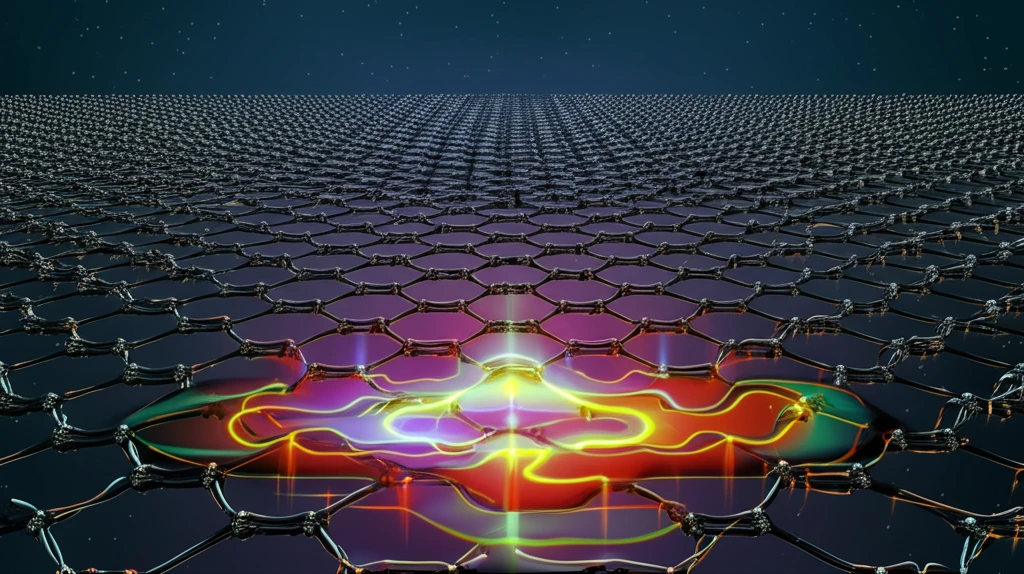
Electrostatics in 2D Materials: Why This Correction Matters for Future Tech
"A crucial update clarifies the behavior of electrons in atomically thin materials, impacting developments in transistors, sensors, and beyond."
Imagine a world where electronics are even smaller, faster, and more energy-efficient than they are today. Two-dimensional (2D) materials, like graphene, are making this vision a reality. These materials, just a few atoms thick, possess unique electrical properties that make them ideal for use in advanced transistors, sensors, and other devices.
However, accurately predicting and controlling the behavior of electrons within these materials is essential for optimizing their performance. Electrostatics, the study of electric charges at rest, plays a critical role in this understanding. A recently published paper in the Journal of Applied Physics explored the electrostatics of lateral p-n junctions – the fundamental building blocks of many electronic devices – in atomically thin materials.
Now, an erratum (a correction) has been issued for this paper, specifically addressing an error in unit conversion that affected the calculated depletion widths. While this might seem like a minor detail, it has significant implications for researchers and engineers working with 2D materials. Let's break down why this correction is so important and how it impacts the future of technology.
What Was the Error and Why Does It Matter?

The original paper, titled “Electrostatics of lateral p-n junctions in atomically thin materials,” presented calculations and analysis of how electric fields and charges behave at the junction between p-type and n-type semiconducting regions within a 2D material. These junctions are essential for creating transistors and other electronic components.
- Impact on Device Design: Accurate depletion width calculations are crucial for designing efficient and reliable devices based on 2D materials. An error in these calculations could lead to suboptimal device performance or even failure.
- Understanding Electron Behavior: The depletion width is directly related to the distribution of electric fields and charges within the material. Correcting this error provides a more accurate understanding of electron behavior in these systems.
- Reproducibility of Results: Scientific accuracy demands that published results are reproducible. The erratum ensures that other researchers can accurately replicate the findings of the original paper and build upon them with confidence.
The Future of 2D Electronics: Smaller, Faster, and More Efficient
The ongoing research into 2D materials promises a revolution in electronics, driven by the unique properties and potential applications of these atomically thin structures. This correction to a critical scientific paper ensures that the foundation upon which this revolution is built is accurate and reliable, thus accelerating the innovation process. By refining our understanding of fundamental physics at the nanoscale, we pave the way for devices that are not only smaller and faster but also more energy-efficient and sustainable. As technology continues to evolve, 2D materials stand at the forefront of a new era of electronic possibilities, promising advancements that will transform industries and improve lives.
